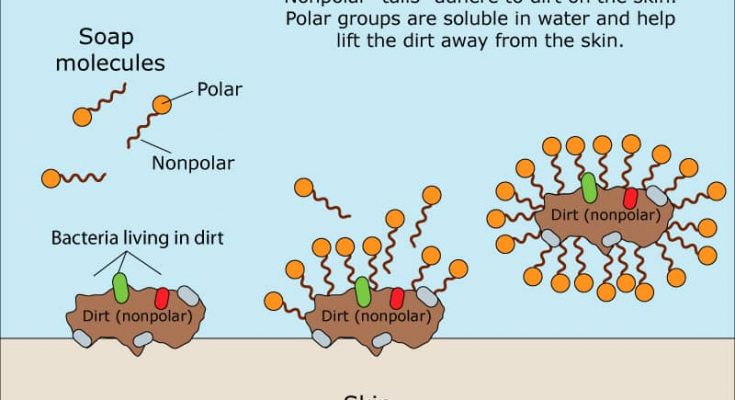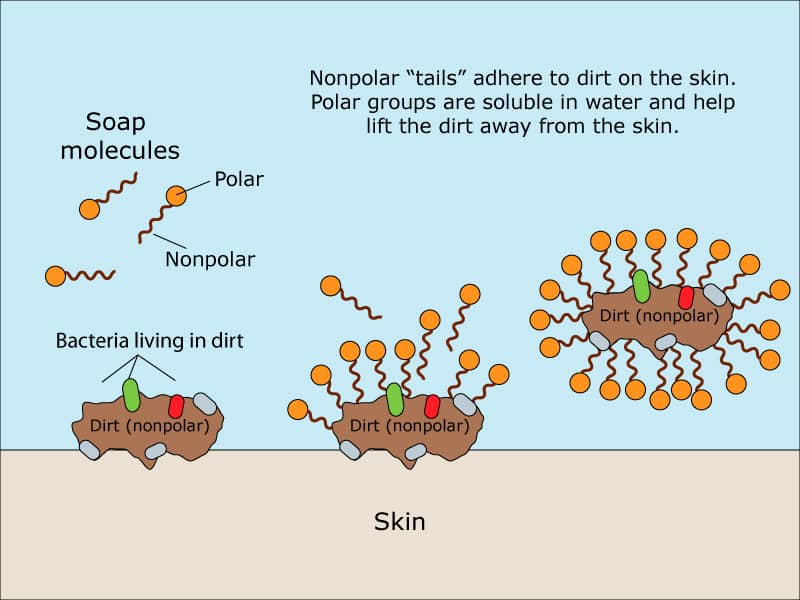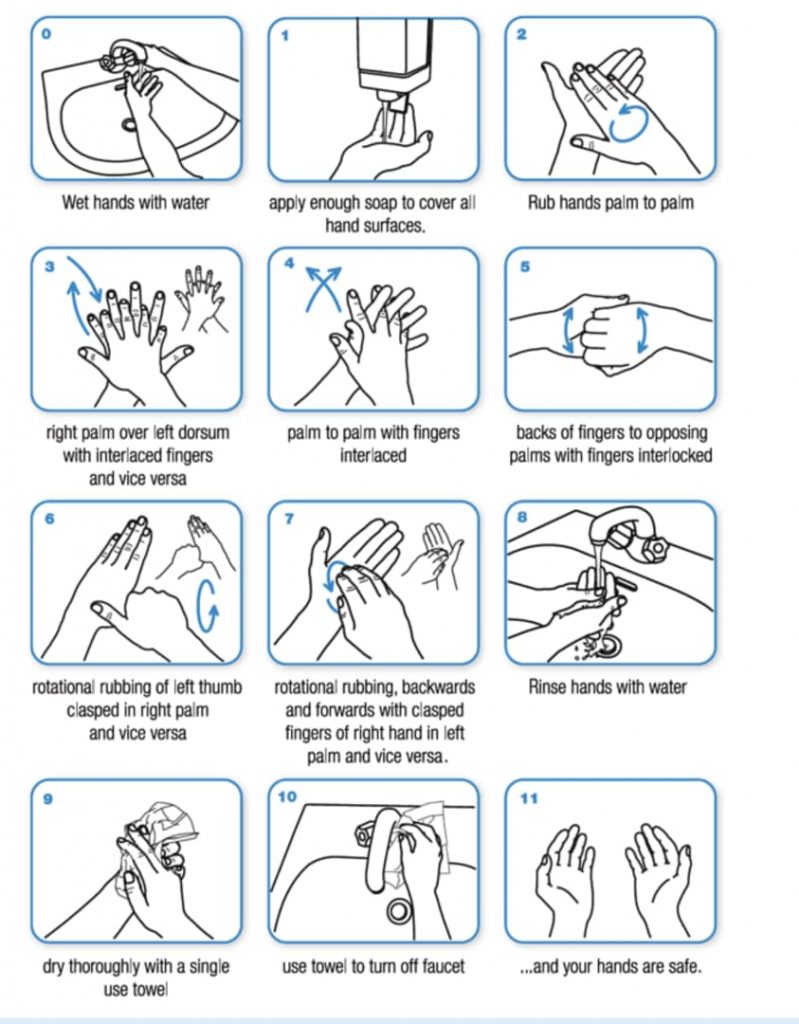By Adegoke Ireoluwa
On March 11, 2020, the novel corona virus (COVID-19) was declared a global pandemic by WHO. “Wash your hands with soap and water for 20 seconds” -among other important prevention guidelines- the Nigerian Centre for Disease Control(NCDC) implored… Consequently, the sales of soap in Nigeria significantly increased. This surfactant cleaning compound with a unique chemical make up that allows it to rip through viruses and disintegrate microbes in milliseconds has truly been a lifesaver in the pandemic.
Soap was invented in ancient Mesopotamia (2800BC) when people discovered that removing grease from wool was easier if the water was mixed with burnt wood. The first soap was made by cooking fat -rendered from a slaughtered cow, sheep or goat- with water and lye, an alkaline liquid derived from leached wood ashes into a greasy and smelly paste. Microscopically, the alkalis in the ash was reacting with fatty acids in the fat to create soap molecules. This early soap was used by ancient people to clean wool and cotton fibre before weaving them into cloth, rather than for personal hygiene.
The Greeks and Romans pioneered running water and public baths, but did not use soap for personal hygiene. By the Middle age(500-1500AD) many Europeans still avoided bathing with soap due to the believe that washing their skin would cause disease, but all this would change in the 1800s “the century of sanitation” when Dr. Ignaz Semmelweis made the link between hand hygiene and the transmission of infections(1847), John Snow observed that dirty water spread cholera(1854) and Louis Pasteur proved that germs made people sick(1860). This led to a wider acceptance of soap for personal hygiene & soap manufacturers putting more effort in making gentler soaps for use on skin and adding perfumes and dye to make their products more appealing. Today, soaps are highly specialized lab engineered products made of synthesized animal fats/ plant-based oils, bases and chemical additives which may include moisturizers, conditioners, lathering agents, colors and scents.
From a young age, majority would have realized that oil and water never mix, most likely before we heard the word “immiscible”. But, with soap as an intermediary they actually mix, so, how does this double-ended molecule do it?
Clingy dirt on our hands from whatever activity is basically proteins and oils that do not dissolve in water. The soap molecule is a double-ended amphiphile molecule, with a hydrophilic(polar) head and a lipophilic(non-polar) tail. When we wash our hands with soap the oil-loving tail attracts the soap molecules to the dirt, attaches to it and lifts it up as we scrub our hands. As more dirt is lifted up with the attached soap molecule, the attached soap molecules then form a bubble with the hydrophilic(water-loving) head facing outward and the lipophilic(fat-loving) tail attached to the dirt facing inwards so that dirt filled bubbles can be effectively rinsed away with water.
Figure 1. Mechanism of soap in action(UNESCO)
Simple soap is one of the best defences we have against the COVID-19 disease, due to the structure of the Sars Cov-2 virus.
The sars cov-2 virus is a member of the Coronavirus family of viruses, that possess a characteristic fatty envelope/bubble made up of molecules similar to soap (outer hyrophilic heads and inner lipohilic tails) which protect the delicate virus’ genome. When we wash our hands with soap, the soap molecules attach to the envelope surrounding the virus’ genome and disrupt the delicate structure of the virus’ protective envelope breaking it into fragments that are effectively confined within the soap bubbles that will be rinsed away by water. Soap can destroy an individual virus in microseconds but, it takes around 20 seconds of washing to coat every inch of your hands in bubbles and this is why we have been advised to wash our hands for not less than 20 seconds, about the time it takes to sing the popular happy birthday song.
Figure 2. Proper handwashing chart (United Nations)
Asides COVID-19, regular handwashing with soap protects us from a host of other deadly diseases. Yearly, 1 in 1000 children under the age of 5 die from diarrheal diseases and pneumonia, the two top killers of young children around the world, and two easily preventable diseases with increased rate of hand-washing and better hand-washing manners. Some other salient advantages of hand-washing with soap include:
- Reduction in the number of people who get sick with diarrhea.
- Reduction in diarrheal illness in people with weakened immune systems.
- Reduction in respiratory illnesses, like colds, in the general population.
- Reduction in absenteeism due to gastrointestinal illness in schoolchildren.(CDC, 2020)
And with the advent of Anti-Microbial Resistance, handwashing with soap contributes immensely to the battle against this deadly phenomenon by preventing sicknesses that anti-biotics are unnecessarily prescribed for and preventing people from contracting the already anti-biotic resistant germs.
Presently we are allowing soap to play an important role in our lives, protecting us from the COVID-19 pandemic and majority of diseases, but the power of soap depends heavily on whether we use it or not, so lets continually protect ourselves from diseases by regulary washing hands with soap and running water for not less than 20 seconds.





